Tango is waiting for you
Talking about Tango, the first thing that comes to mind is something they said to me when I was in my twenties, a phrase that stuck with me ‘EL TANGO TE ESPERA’ (Tango is waiting for you). And the law of God was fulfilled, after the 50 I began to listen assiduously attracted by its poetic and suburban lyrics.
Reading Borges I learned in his poem ‘Buenos Aires’: No nos une el amor sino el espanto, será por eso que la quiero tanto (We are not united by love but wonder, that is why I love her so much) – the city refers to its characters, its cobbled streets from the beginning of the century and all that exposed in the tango. Scholars say of Borges that his relationship with tango was ambiguous, love poems and criticism of the violence of courage and the knife.
He was a writer who walked Buenos Aires, he liked with friends to walk from Palermo to Puente Alsina in the neighbourhood of Nueva Pompeya cradle of Tango, a letter from 1926 reads: ¿Dónde está mi barrio, mi cuna querida? ¿Dónde está ese malevaje? (Where is my neighborhood, my beloved cradle? Where’s that thug?)
Its origins as a musical genre were in Río de la Plata, mid-19th century, Ambiguous in its lyrics with its lunfardo (River Plate slang) and its two-by-four measure.
In 1898 the first tango was recorded: ‘Él entrerriano’ and in 1917 the first recording of the tango-song: ‘Mi noche triste’ performed by Carlos Gardel, recites: ‘Percanta (woman) who made me the best of my life …’ Tango is feeling and passion, which feeds the history of a nostalgic people, and its sensual dance between the man who manages the encounter and the woman who lets herself be carried away by her machismo, putting sensuality on the movements. Dance of deep emotional relationship. At first, it was danced by men, the generous say it was to learn how to dance it. Originally danced by the lower classes of the suburb.
Their performance can be carried out through a wide variety of instrumental formations, with a classical preponderance of the orchestra and the sextet of two bandoneons, two violins, piano and double bass – the bandoneon occupying a central place.
A national symbol of Argentina declared Cultural Heritage of Humanity, by Unesco at the request of Buenos Aires and Montevideo, (September 30, 2009). It represents its history and its culture and that fame of sadness and melancholy. One of its greatest exponents Enrique Santos Discépolo defined it: “a sad thought that is danced”.
We are Tango forging personality and customs, distinctive features that identify porteños, a typical dance of Buenos Aires and the Río de La Plata.
And it was more than passing from generation to generation, sweeping them one after another, he got into the musical culture of rock where you can see the mix of modernity transferred to that foreign music that took such root in our culture.
Tango continues to be danced and more and more young people come to it and festivals take place and compete, reaching people as distant as Germany or Japan (where they idolize tango and its culture).
The ‘Tango show’ is for shows. In the traditional dance of tango and milonga, it continues with its originality. The lyrics of the old tangos are still reproduced, they talk about love, the couple, the neighbourhood, the feeling, the longing, the courage, the fight and the knife.
‘La Gran Milonga Nacional 2017’ The street tango festival held in Buenos Aires – Argentina, in the traditional Av. De Mayo, shows old and young dedicated in this new century to this beautiful culture (the photos that illustrate this article are from that night ).
Spanish:
Hablar del Tango, lo primero que me viene a la mente es algo que me dijeron cuando tenía veintitantos, una frase que me quedo grabada ‘EL TANGO TE ESPERA’. Y se cumplió la ley de Dios, pasado los 50 comencé a escuchar con asiduidad atraído por sus letras poéticas y arrabaleras (de los suburbios).
Leyendo a Borges aprendí en su poema `Buenos Aires´ ¨no nos une el amor sino el espanto, será por eso que la quiero tanto¨ se refiere a la ciudad a sus personajes sus calles empedradas de principio de siglo y todo eso expuesto en el tango. Los estudiosos dicen de Borges que su relación con el tango era ambigua, poemas de amor y críticas a la violencia del coraje y el cuchillo.
Era un escritor que caminaba Buenos Aires, le gustaba con amigos caminar desde Palermo hasta Puente Alsina en el barrio de Nueva Pompeya cuna de tango, una letra de 1926 reza: ¿Dónde está mi barrio, mi cuna querida? // ¿Dónde está ese malevaje?
Los orígenes como género musical fueron en él Río de la Plata, mediados del siglo 19, Ambiguo en sus letras con su lunfardo (jerga rioplatense) y su compás de dos por cuatro.
En 1898 se registró el primer tango: ´Él entrerriano¨ y en 1917 la primera grabación del tango-canción: ¨Mi noche triste¨ realizada por Carlos Gardel, recita: “Percanta (mujer) que me amuraste en lo mejor de mi vida…” El tango sentimiento y pasión, que alimenta la historia de un pueblo nostálgico, y su baile sensual entre el hombre que maneja el encuentro y la mujer que se deja llevar por su machismo poniendo sensualidad a los movimientos. Danza de profunda relación emocional. Al principio era bailado por hombres, los generosos dicen que era para aprender a bailarlo. Bailado en sus orígenes por las clases más bajas del arrabal (circundantes al barrio).
Su interpretación puede llevarse a cabo mediante amplia variedad de formaciones instrumentales, con una preponderancia clásica de la orquesta y del sexteto de dos bandoneones, dos violines, piano y contrabajo. Ocupando el bandoneón un lugar central.
Símbolo nacional de Argentina declarado Patrimonio Cultural de la Humanidad, por la Unesco a petición de Buenos Aires y Montevideo, (30 de setiembre de 2009). Representa su historia y su cultura y esa fama de tristeza y melancolía, Uno de sus máximos exponentes Enrique Santos Discépolo lo definió: “un pensamiento triste que se baila”.
Somos Tango forjando personalidad y costumbres, rasgos distintivos que identifican a los porteños, baile típico de Buenos Aires y del Río de La Plata.
Y fue más que pasando de generación en generación, arrasándolas unas tras otras, se metió en la cultura musical del rock donde se notan la mezcla de la modernidad trasferida a esa música foránea que tanto arraigo hizo en nuestra cultura.
El tango se sigue bailando y cada vez son más los jóvenes que se acercan a él y los festivales se realizan y se compite, llegando personas tan distantes como de Alemania o Japón (donde idolatran al tango y su cultura).
El “tango espectáculo” es para shows. En el baile tradicional del tango y la milonga sigue con su originalidad. Las letras de los viejos tangos se siguen reproduciendo, hablan del amor, la pareja, el barrio, el sentimiento, la añoranza, el coraje, la pelea y el cuchillo.
“La Gran Milonga Nacional 2017” El Festival de tango callejero realizado en Buenos Aires Argentina, en la tradicional Av. De Mayo, muestra mayores y jóvenes entregados en este nuevo siglo a esta hermosa cultura (las fotos que ilustran la nota son de esa noche).
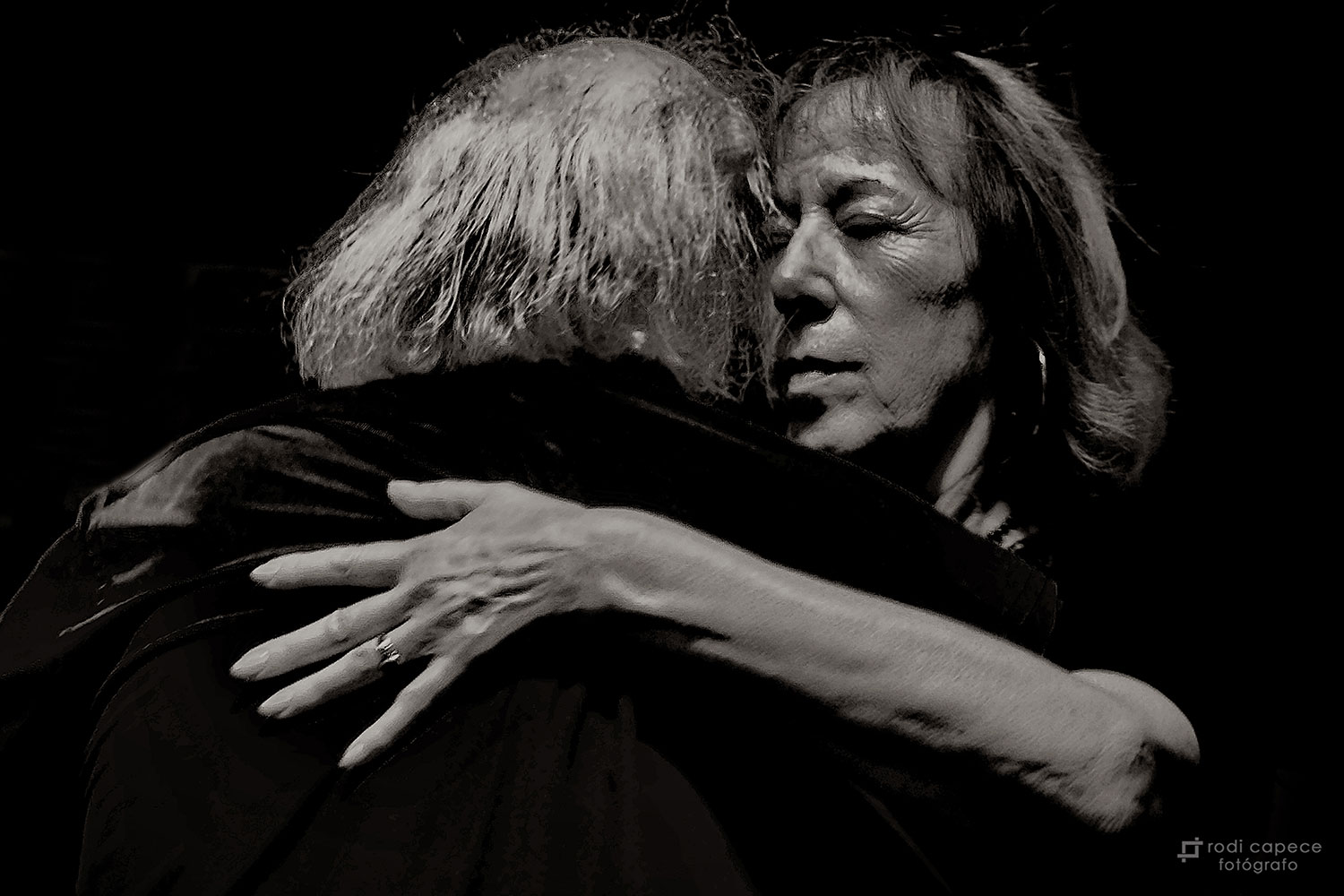
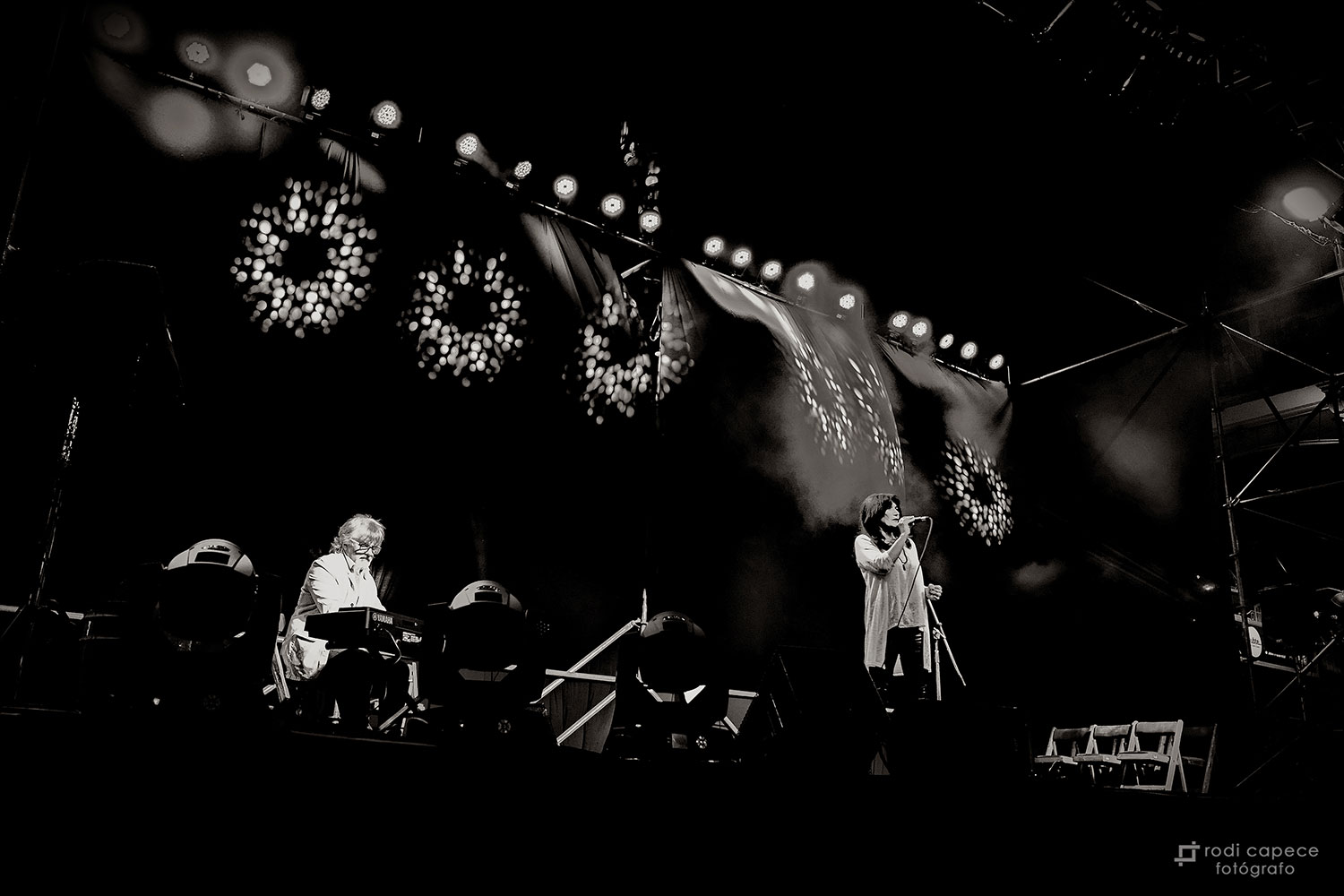
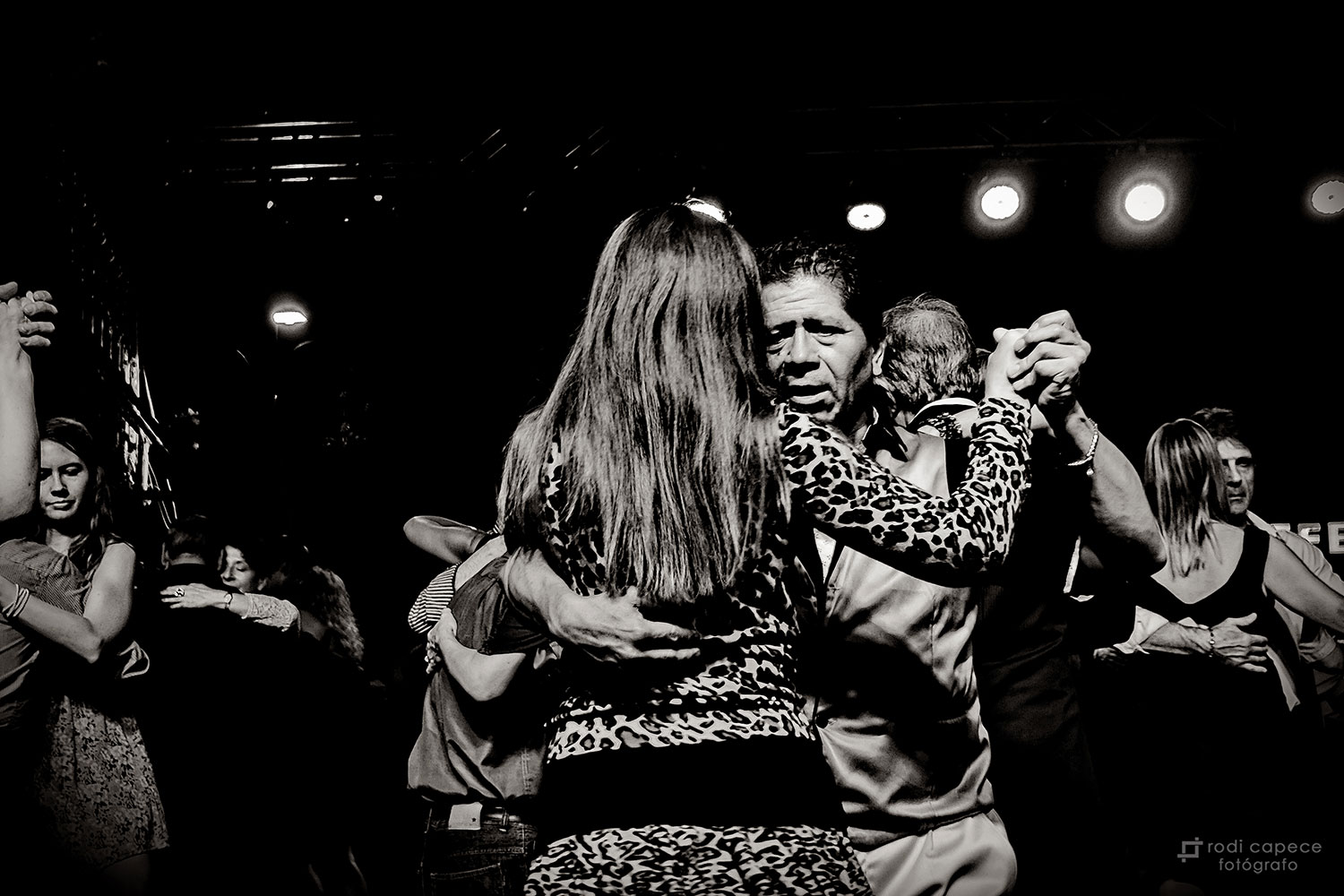
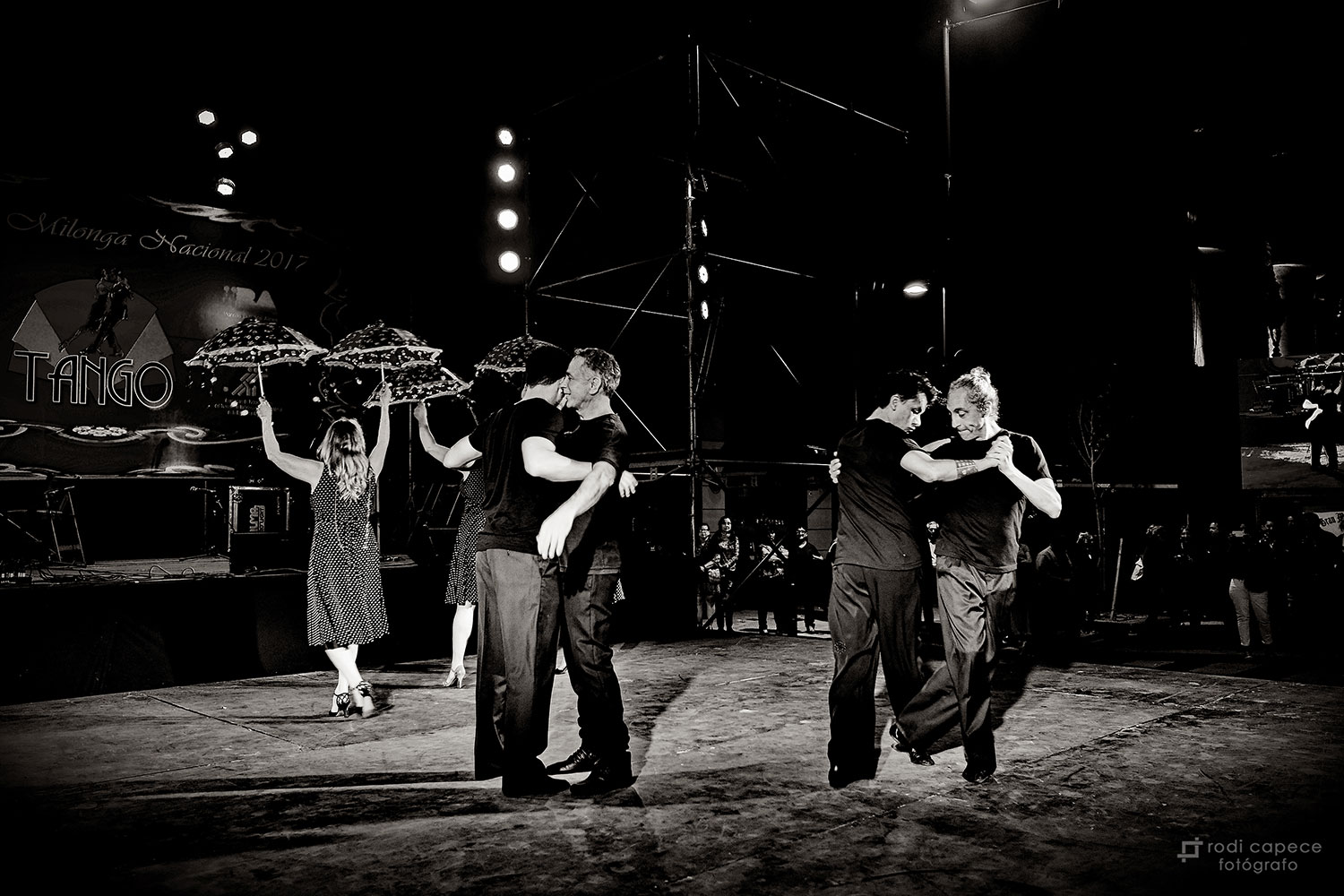
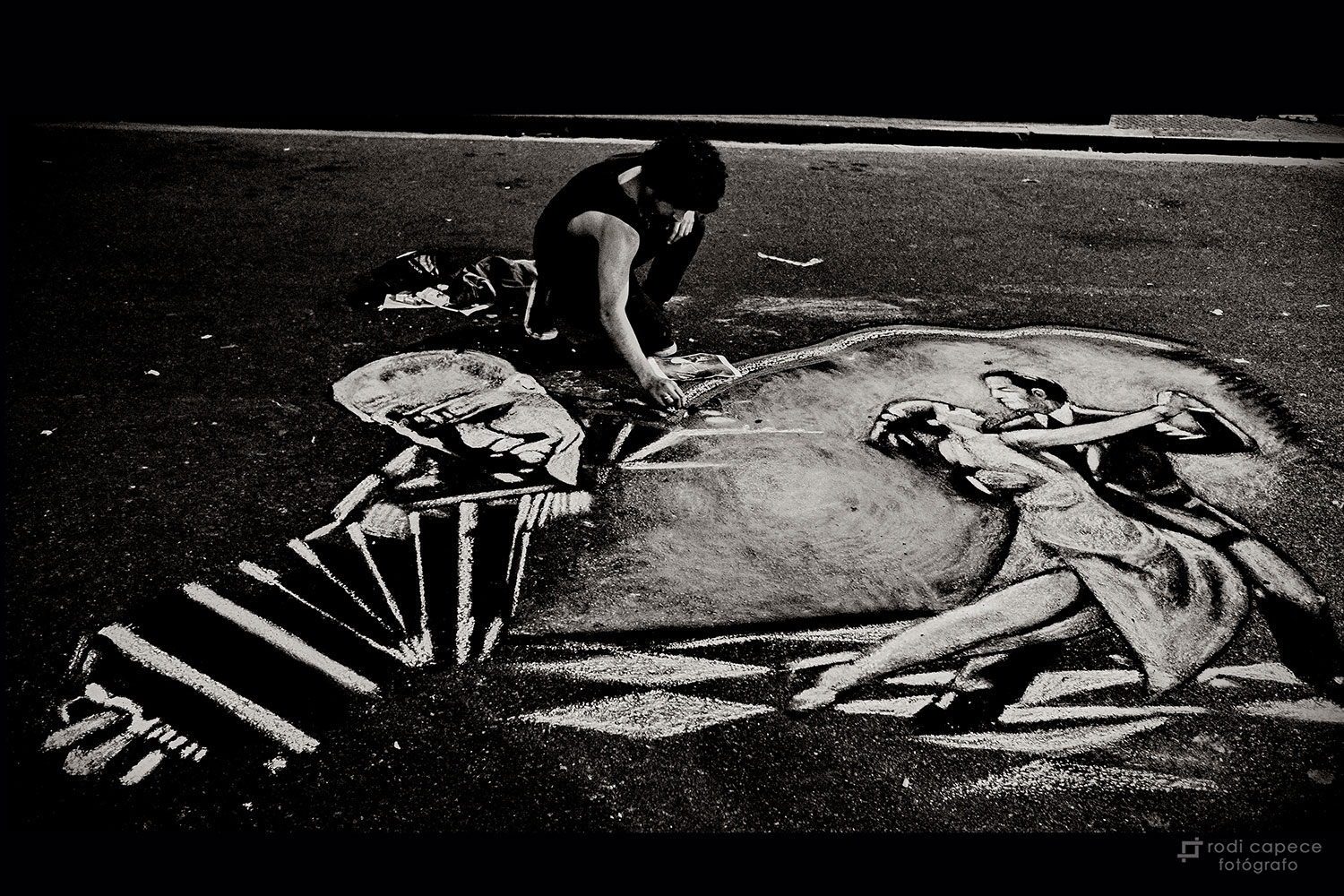
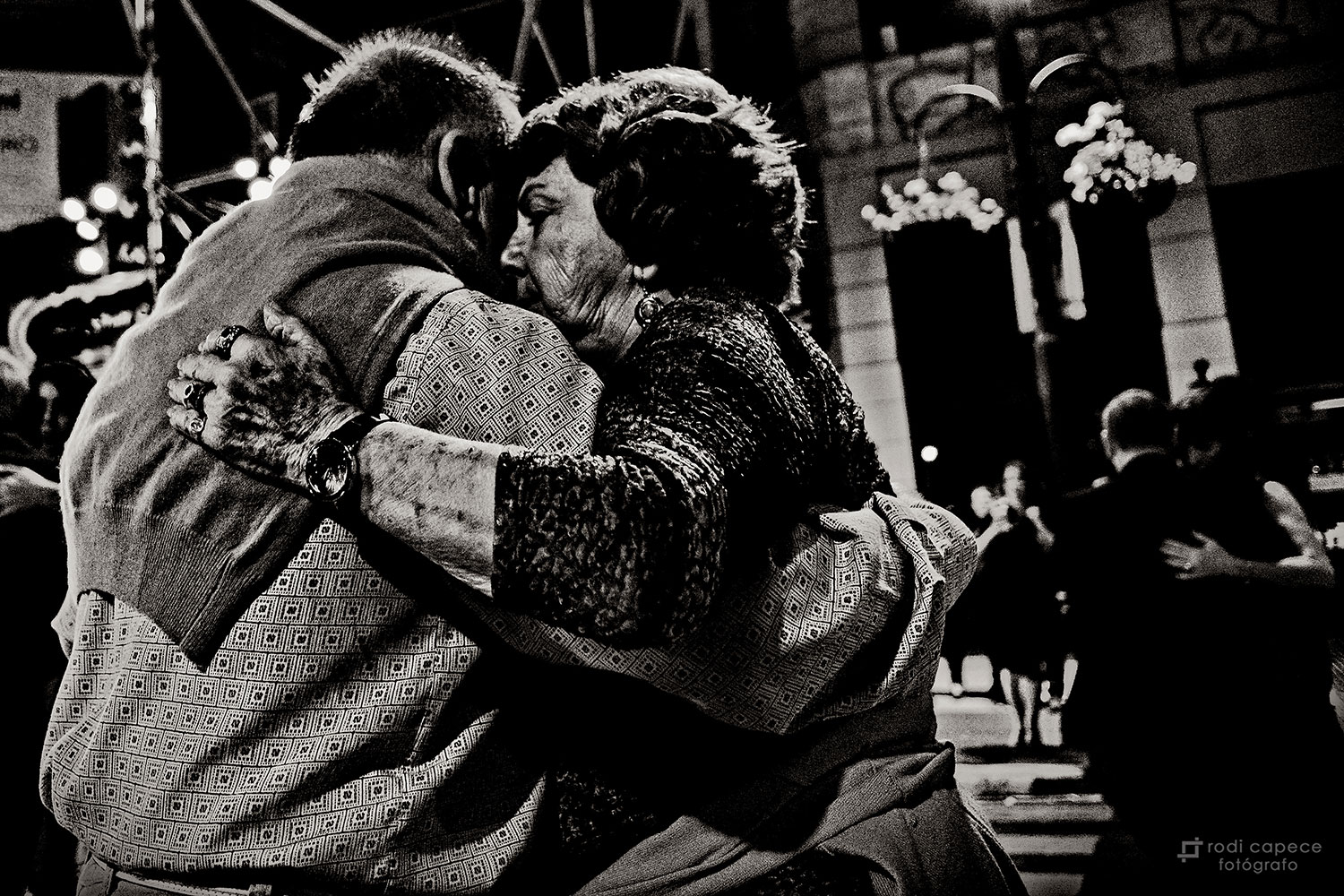
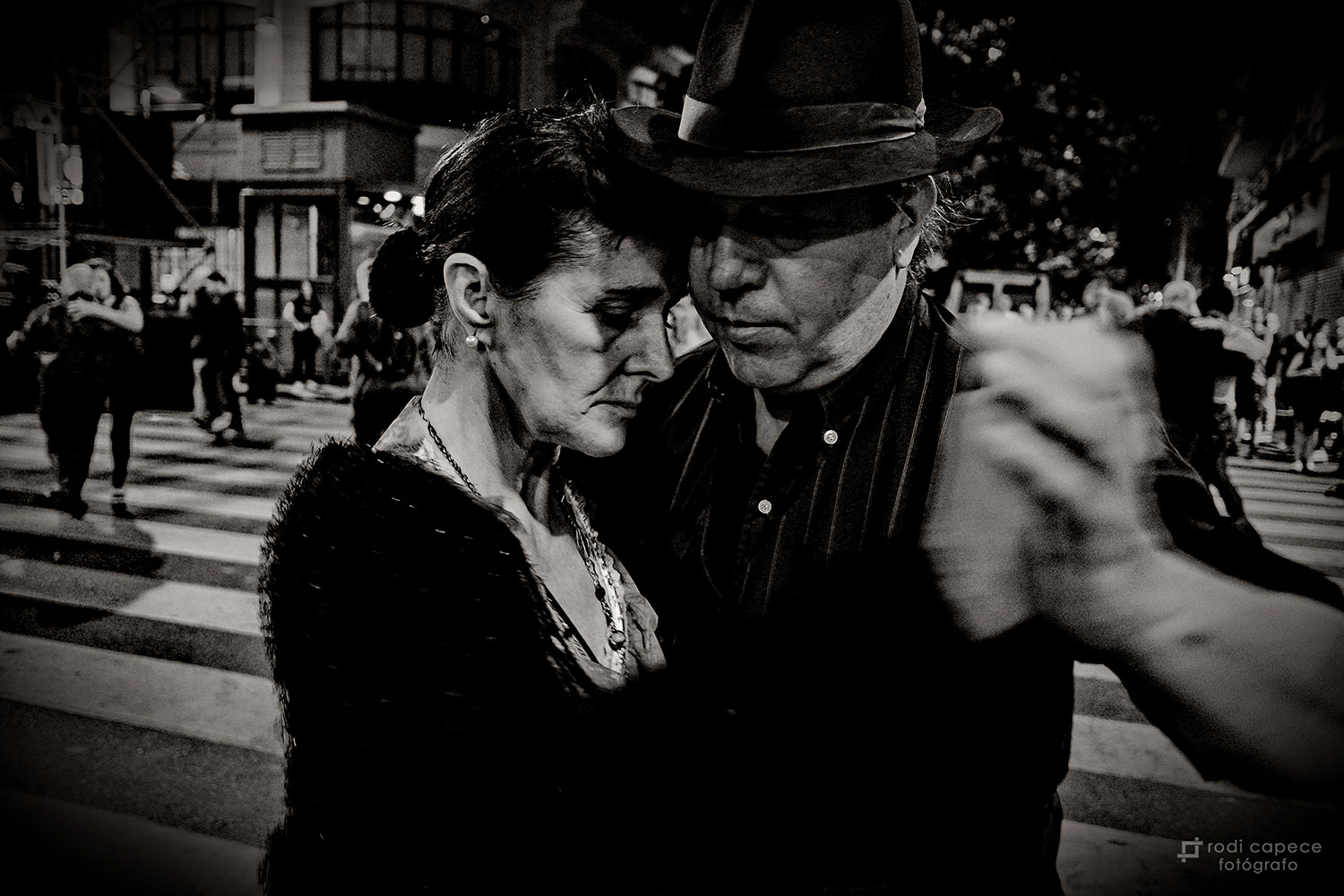

“My relationship with photography begins in late 1978, a relationship for the love with which I was captivated. Studied 3 years in a municipal school with an orientation to art. I became an independent photographer from 1986, it was my only activity, working in conferences and teaching events. In 2018 I retired, and the hobby gained more space, from the hand of Fuji X (I worked with Canon). Always and thanks to my dear Betty together since 1971. Likes: Literature and Music.”

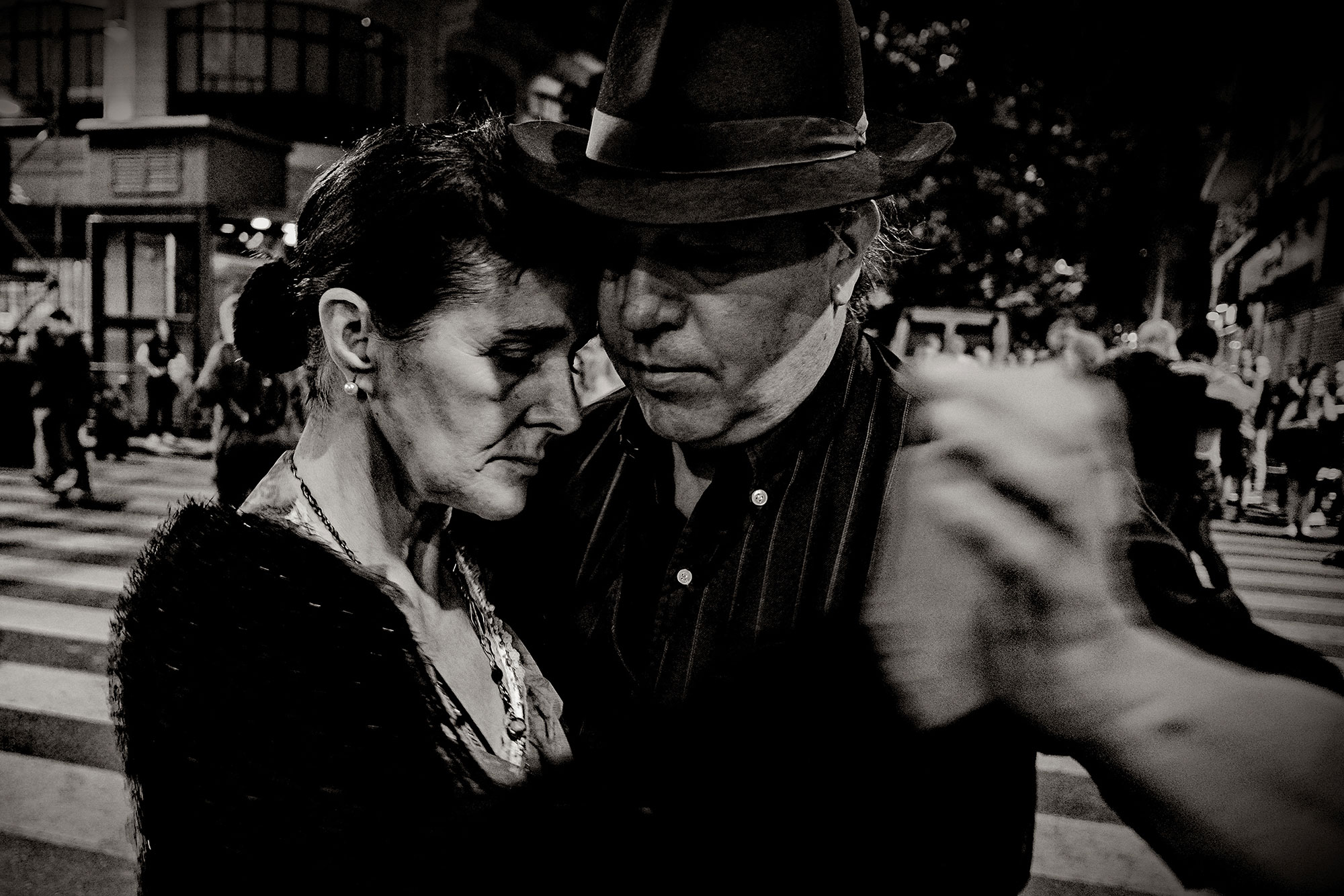

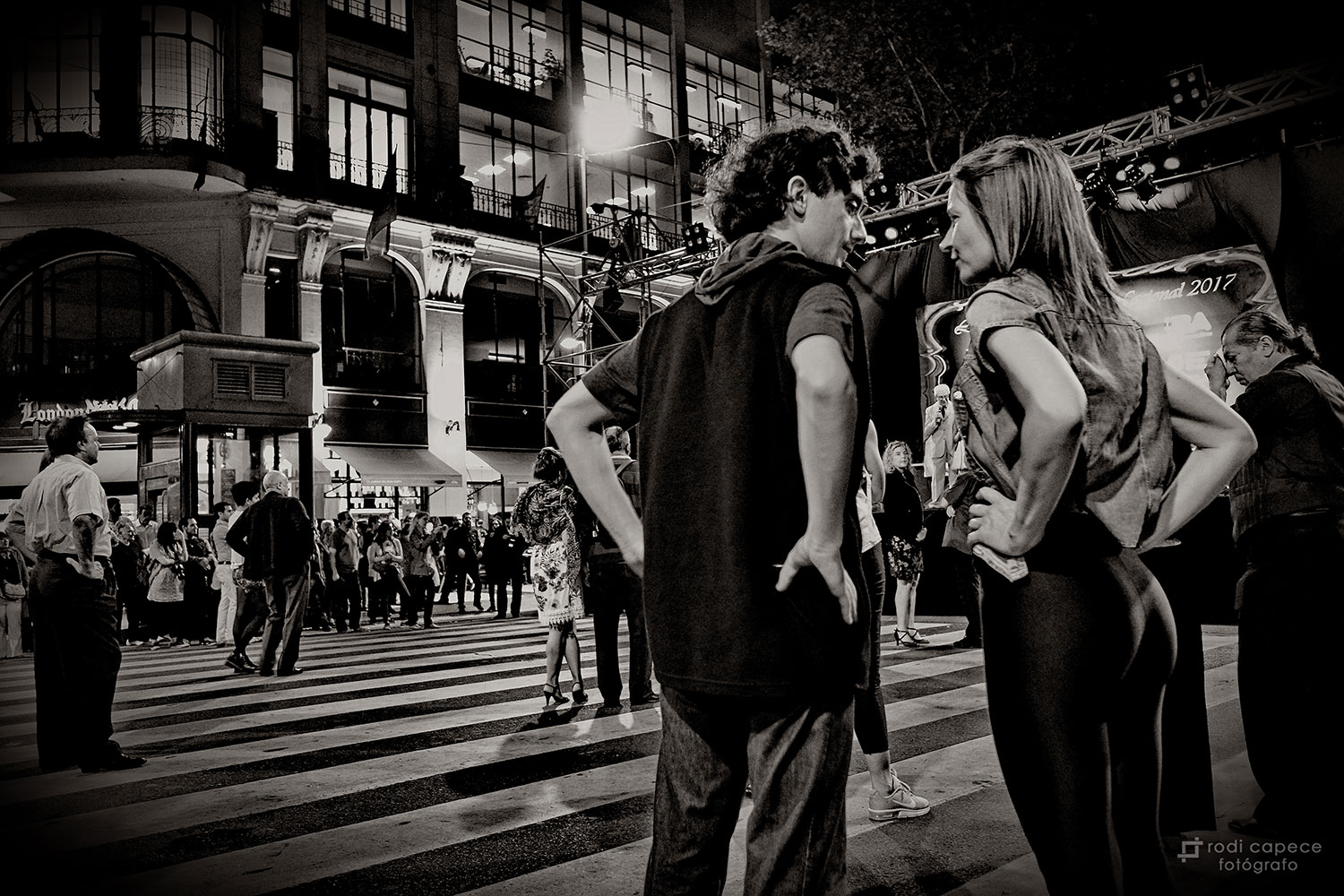
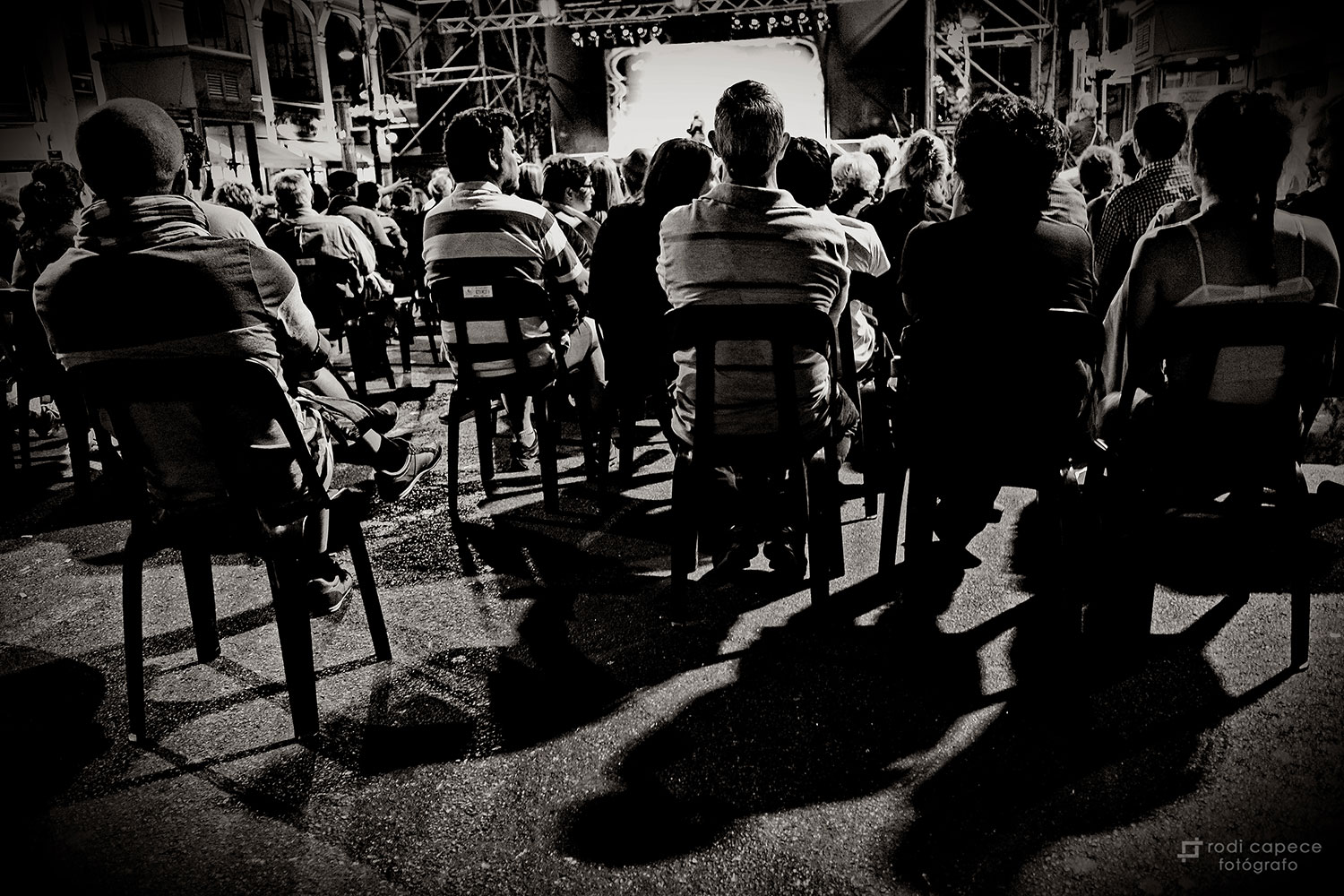
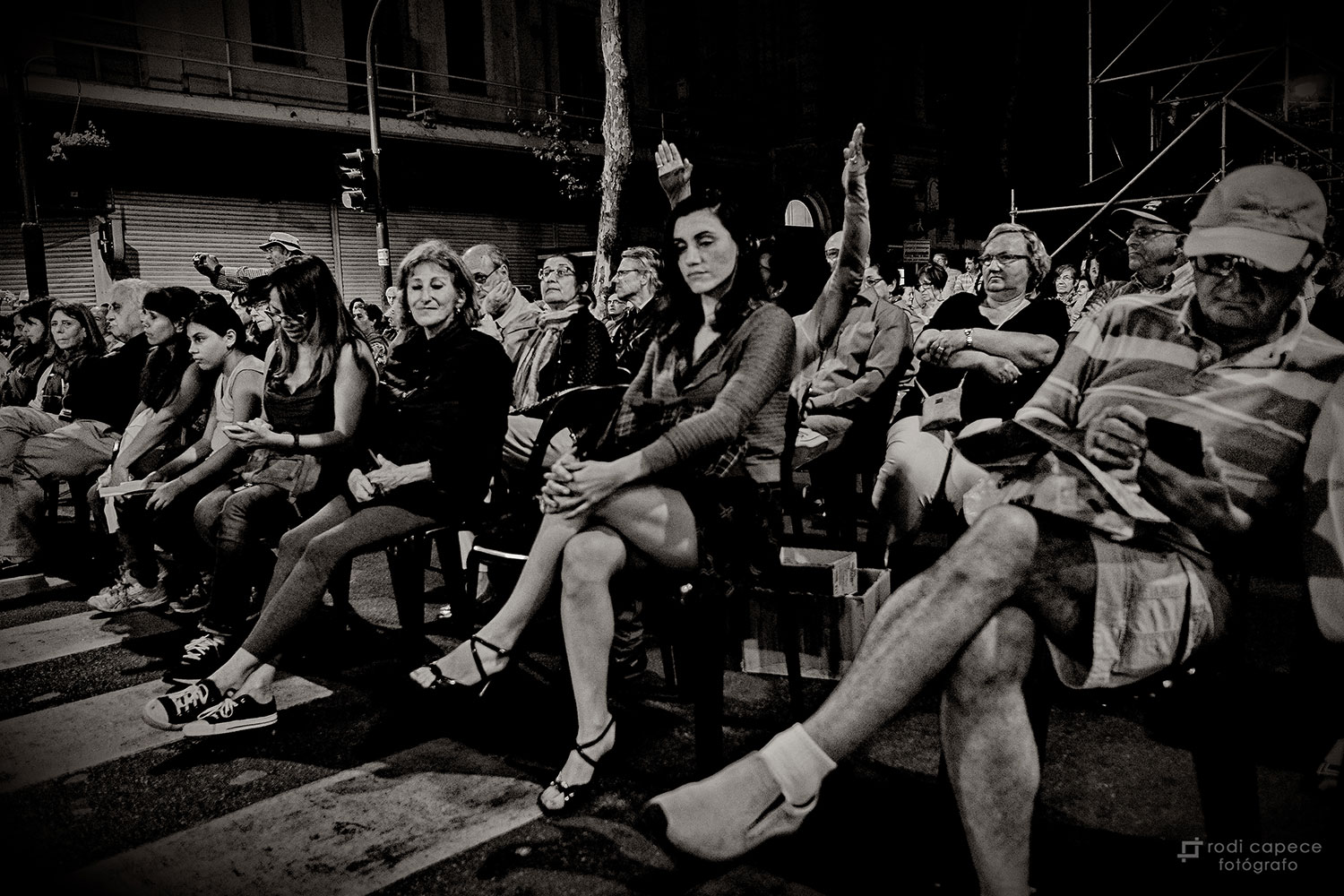
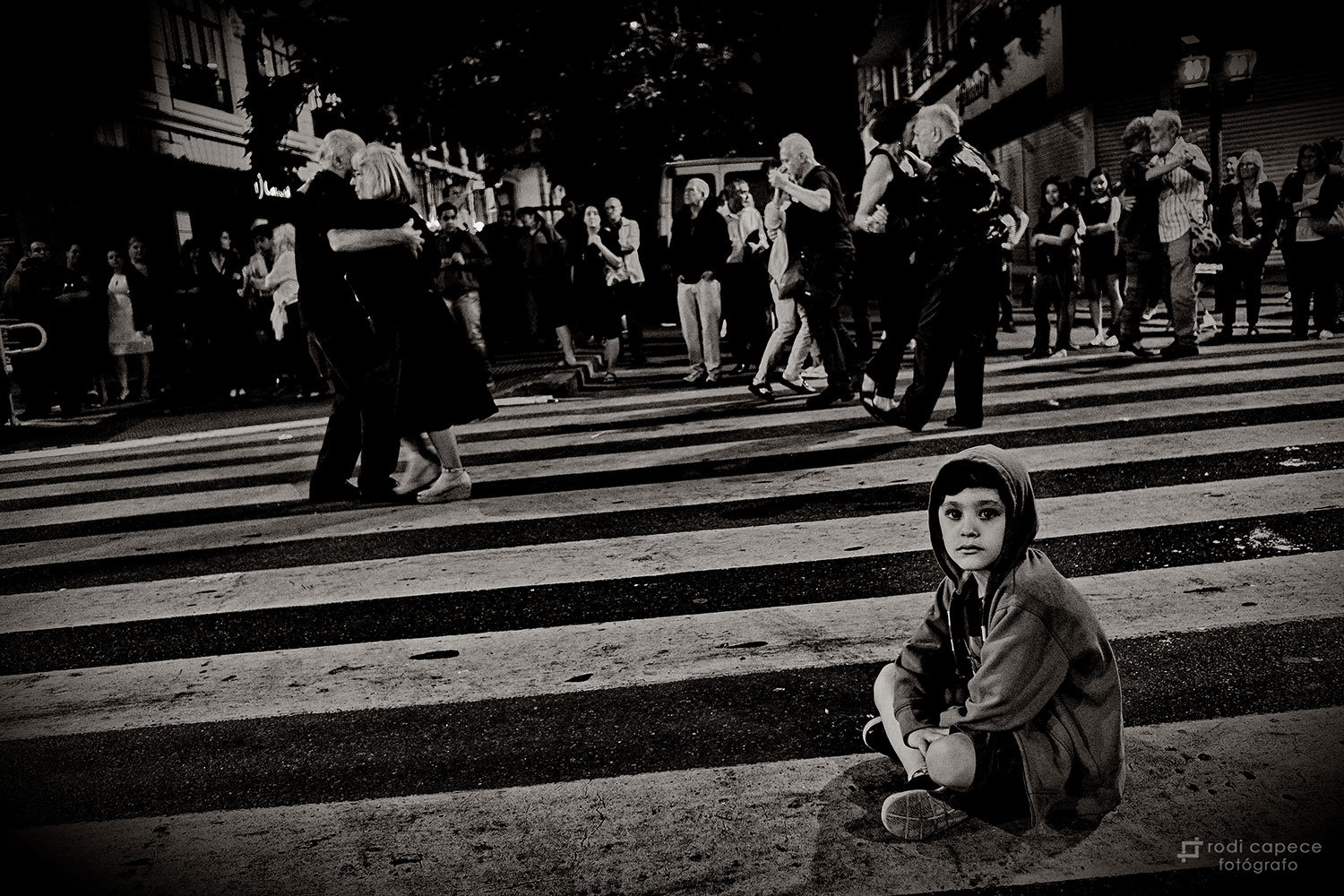
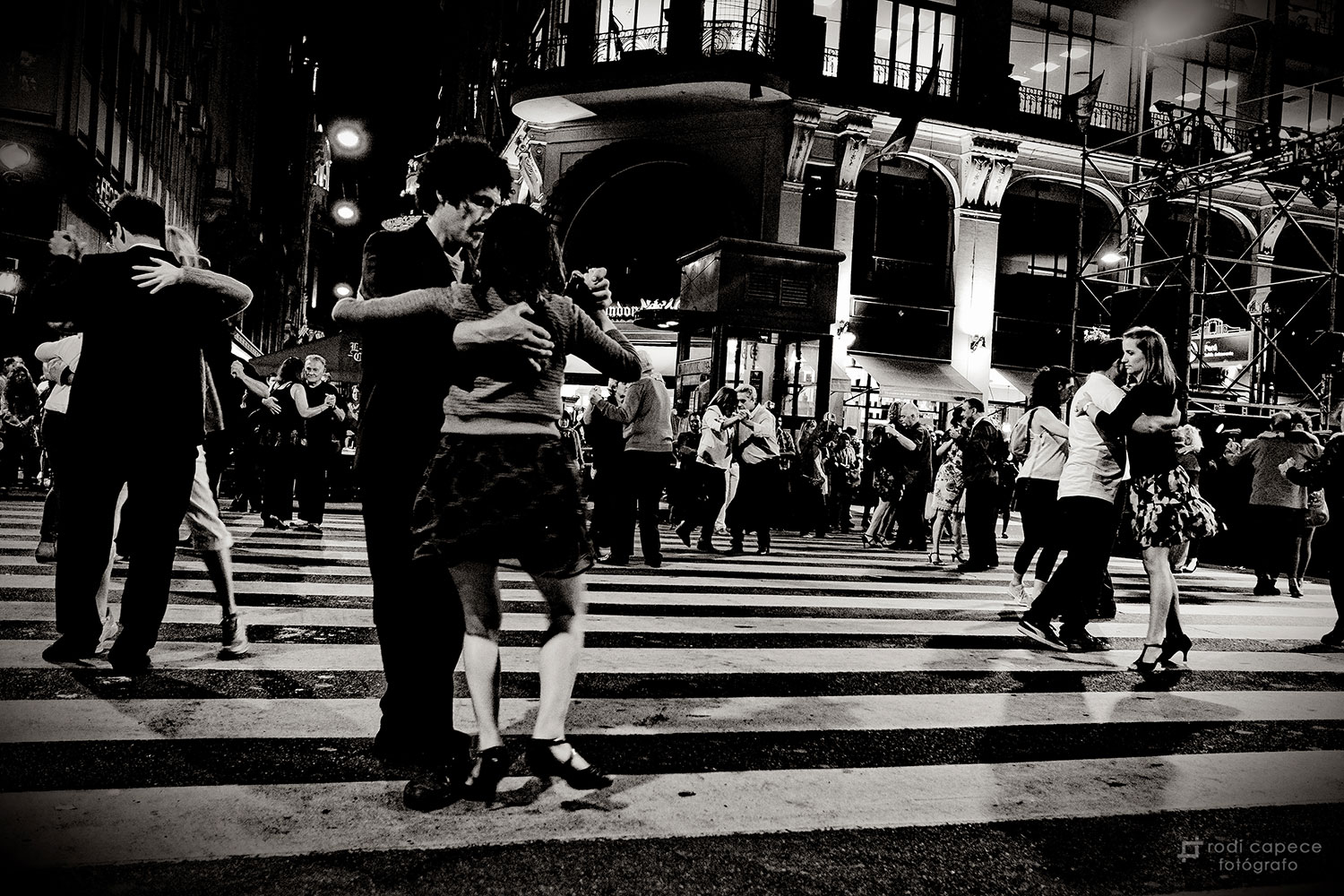
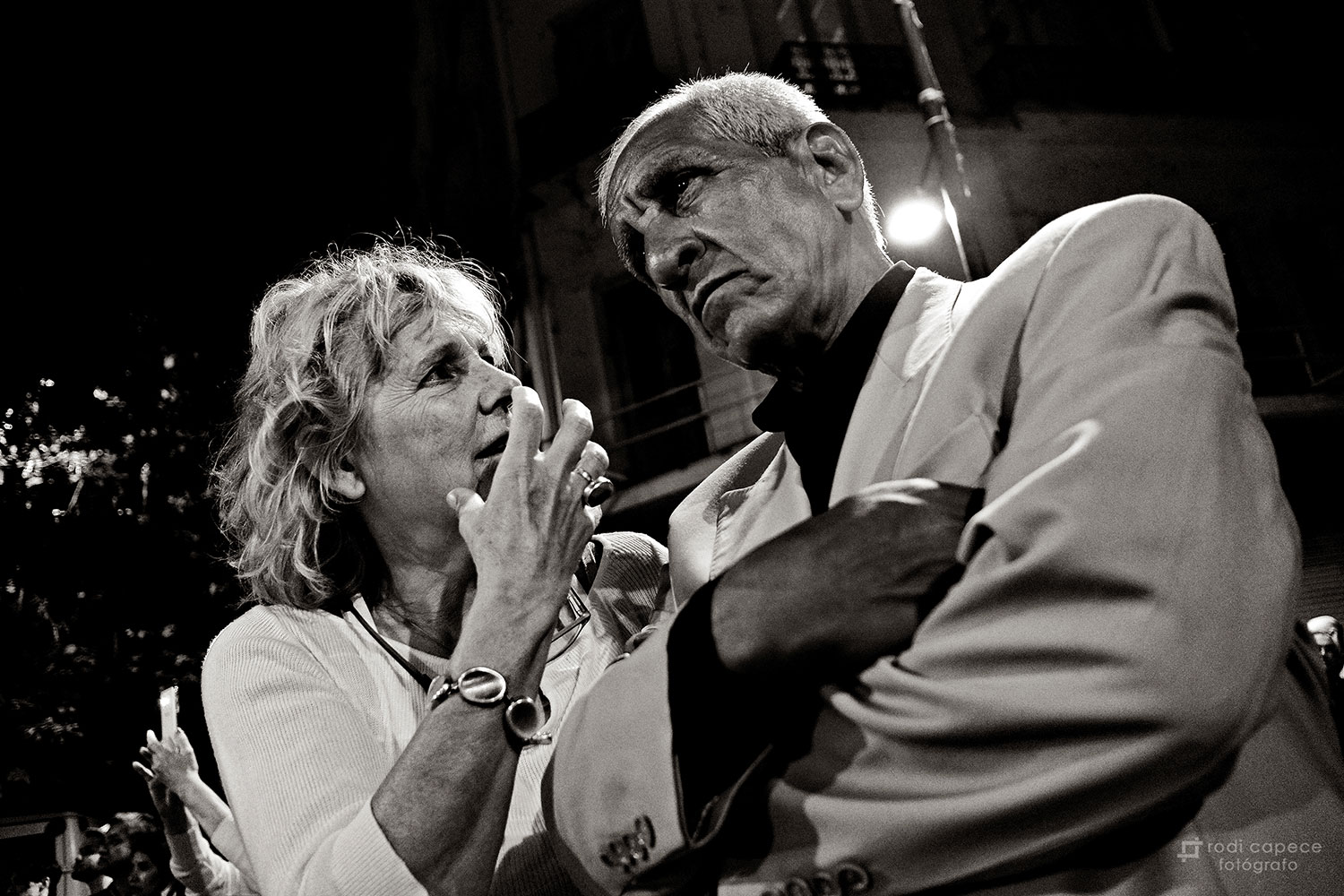
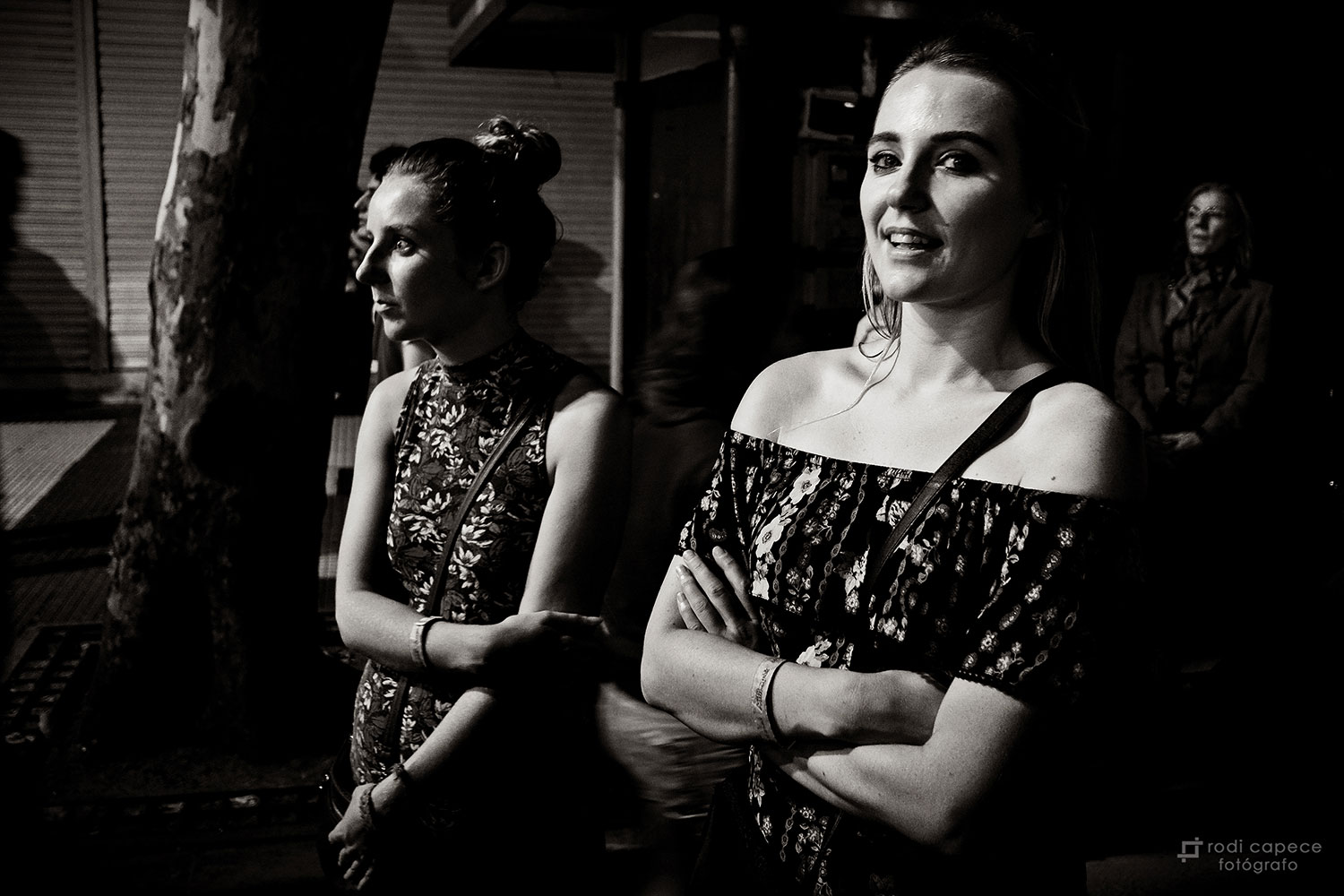
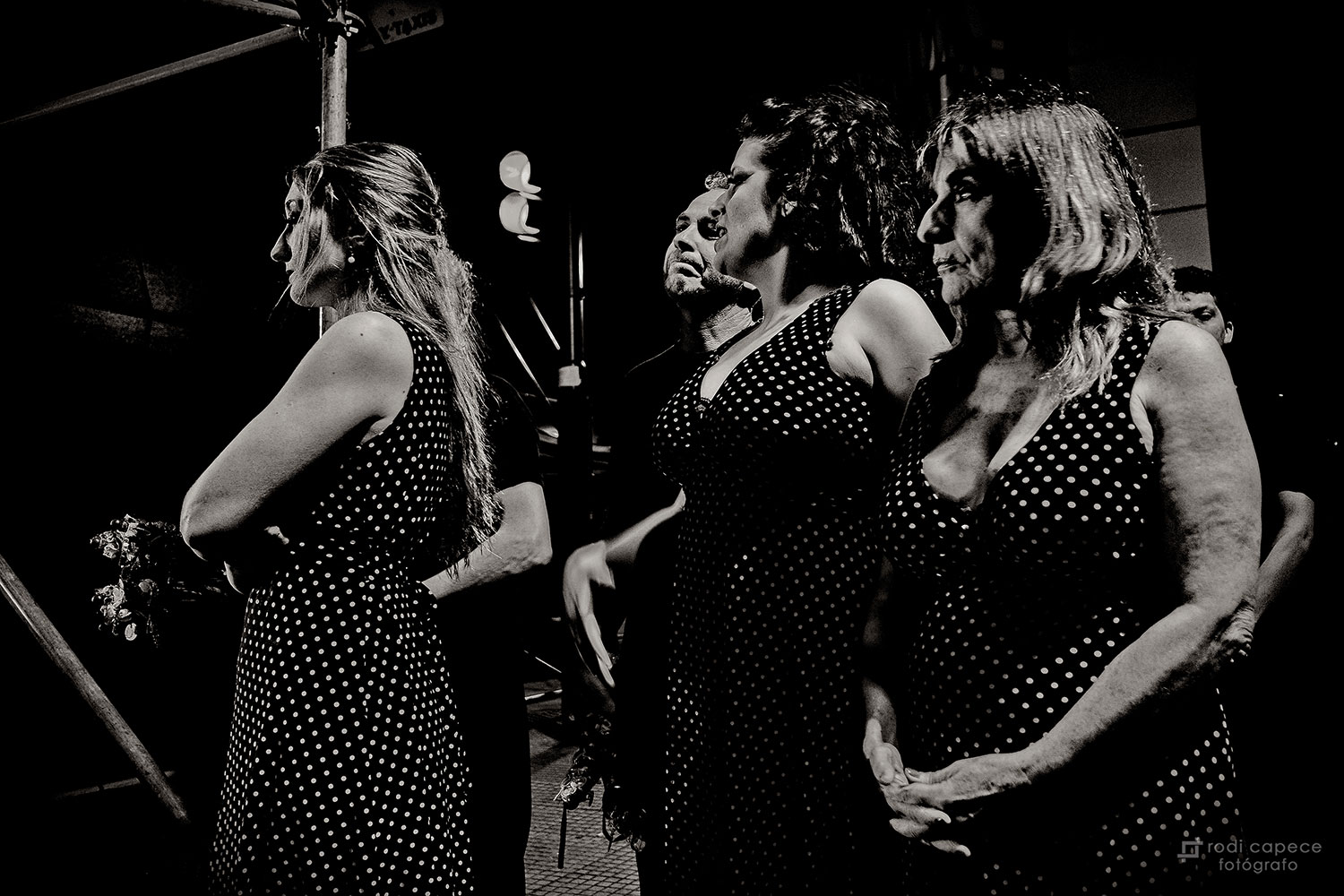
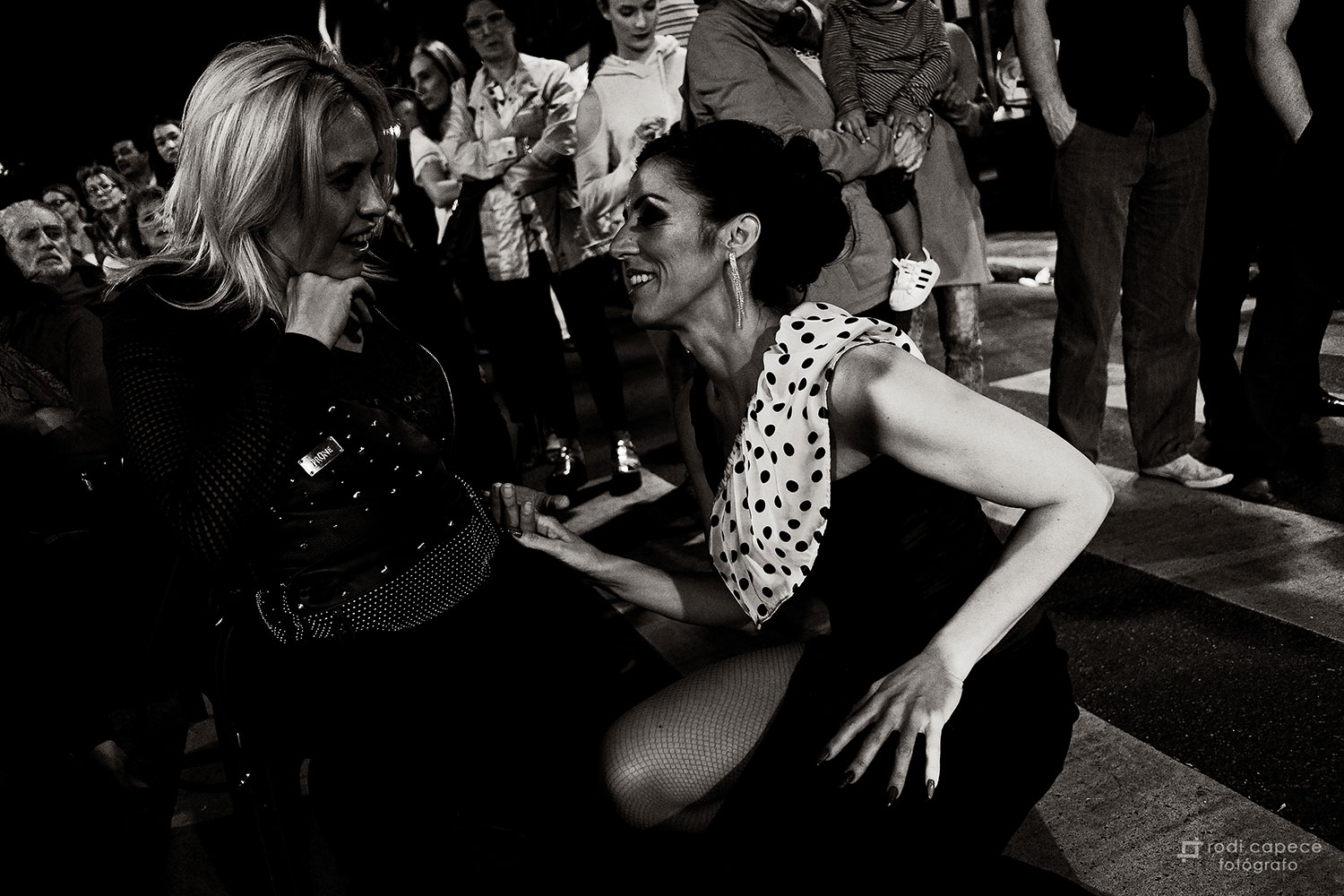
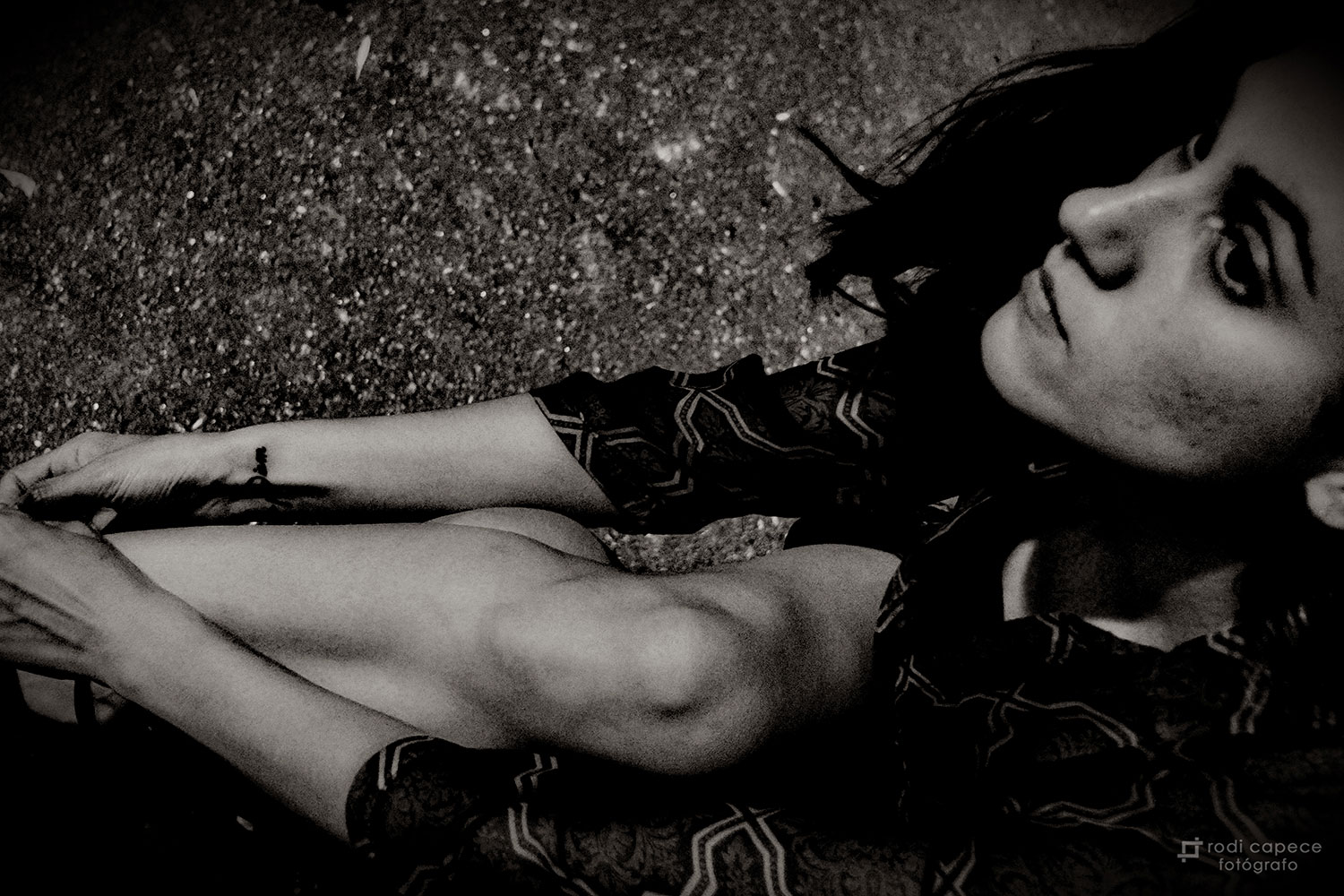
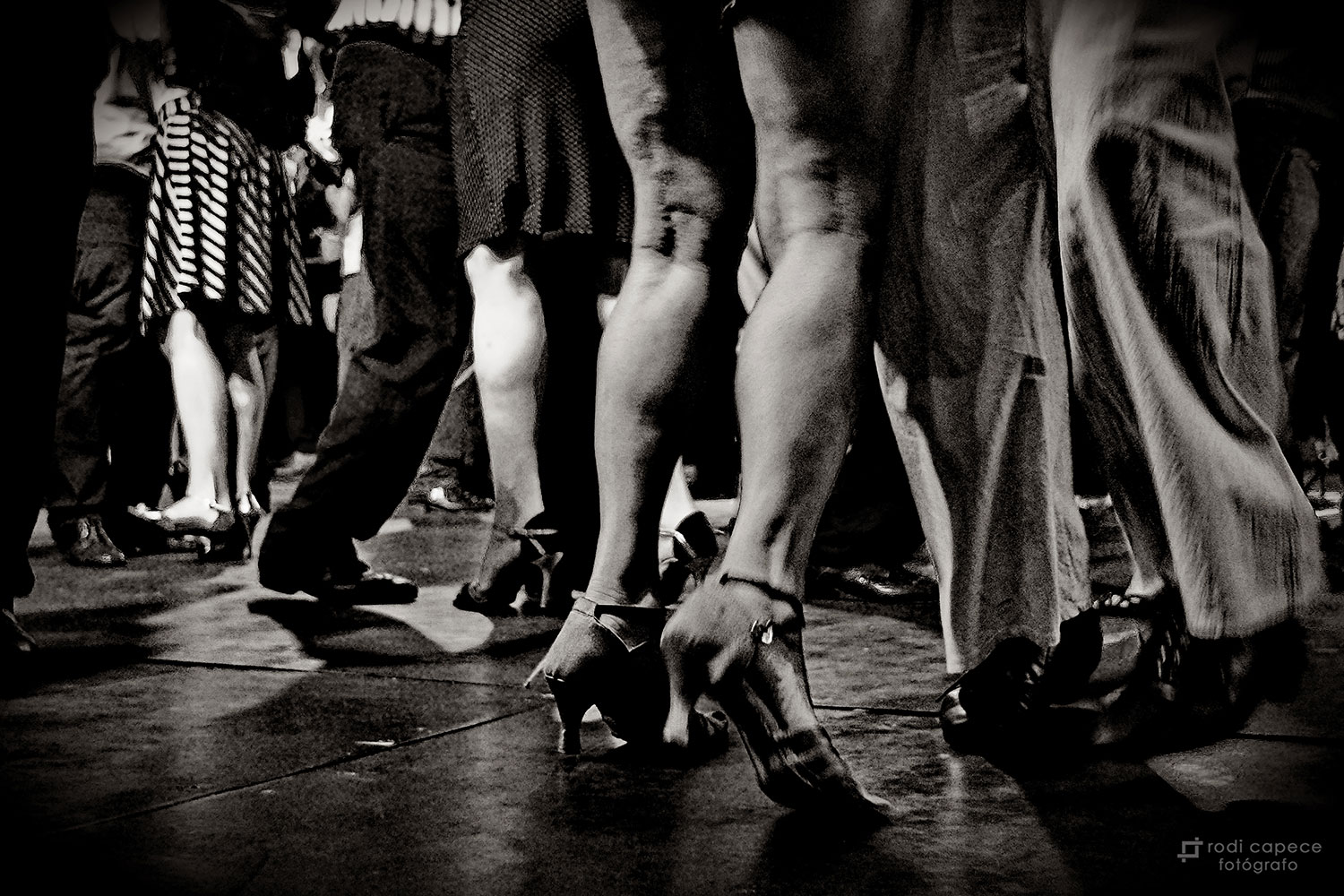

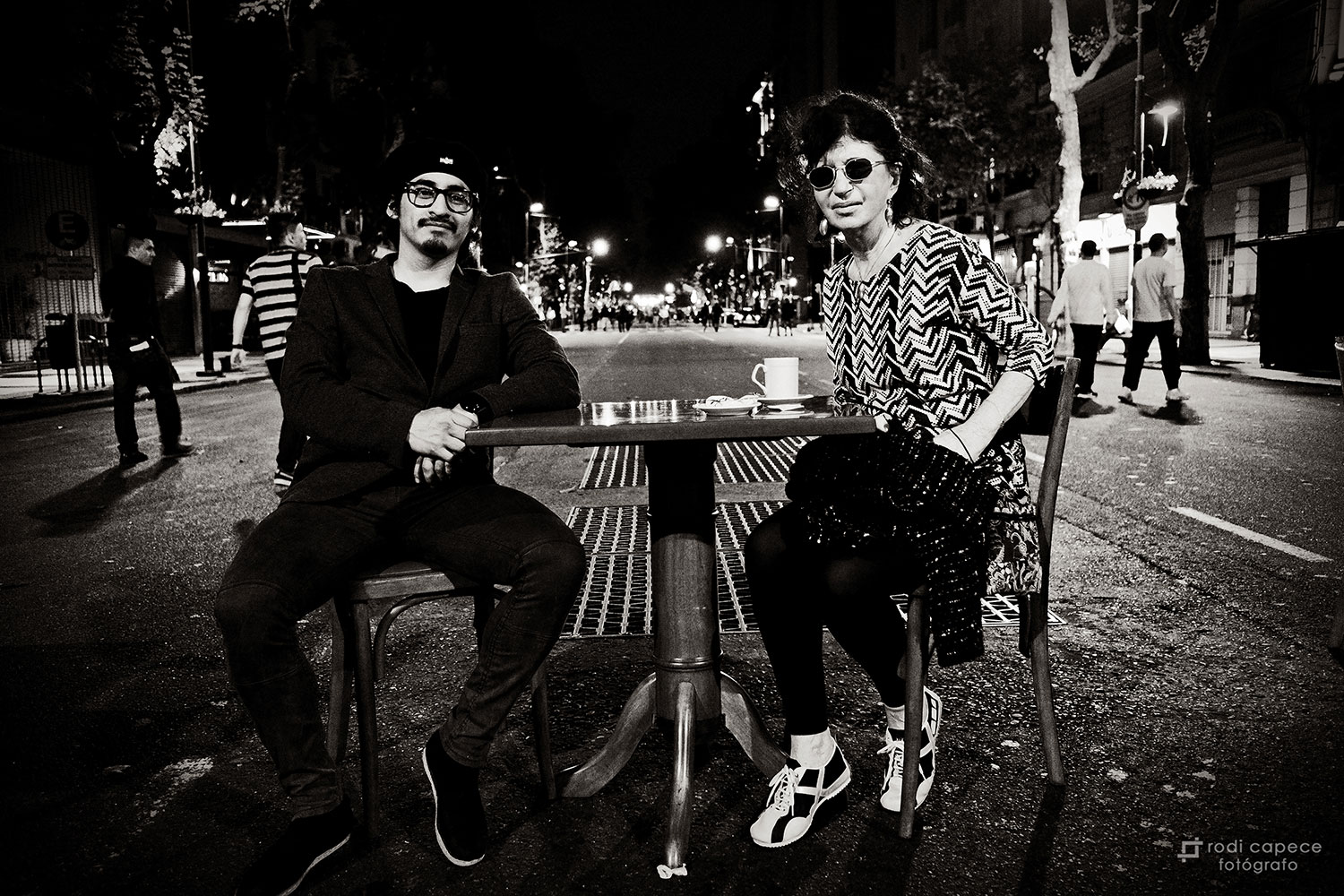
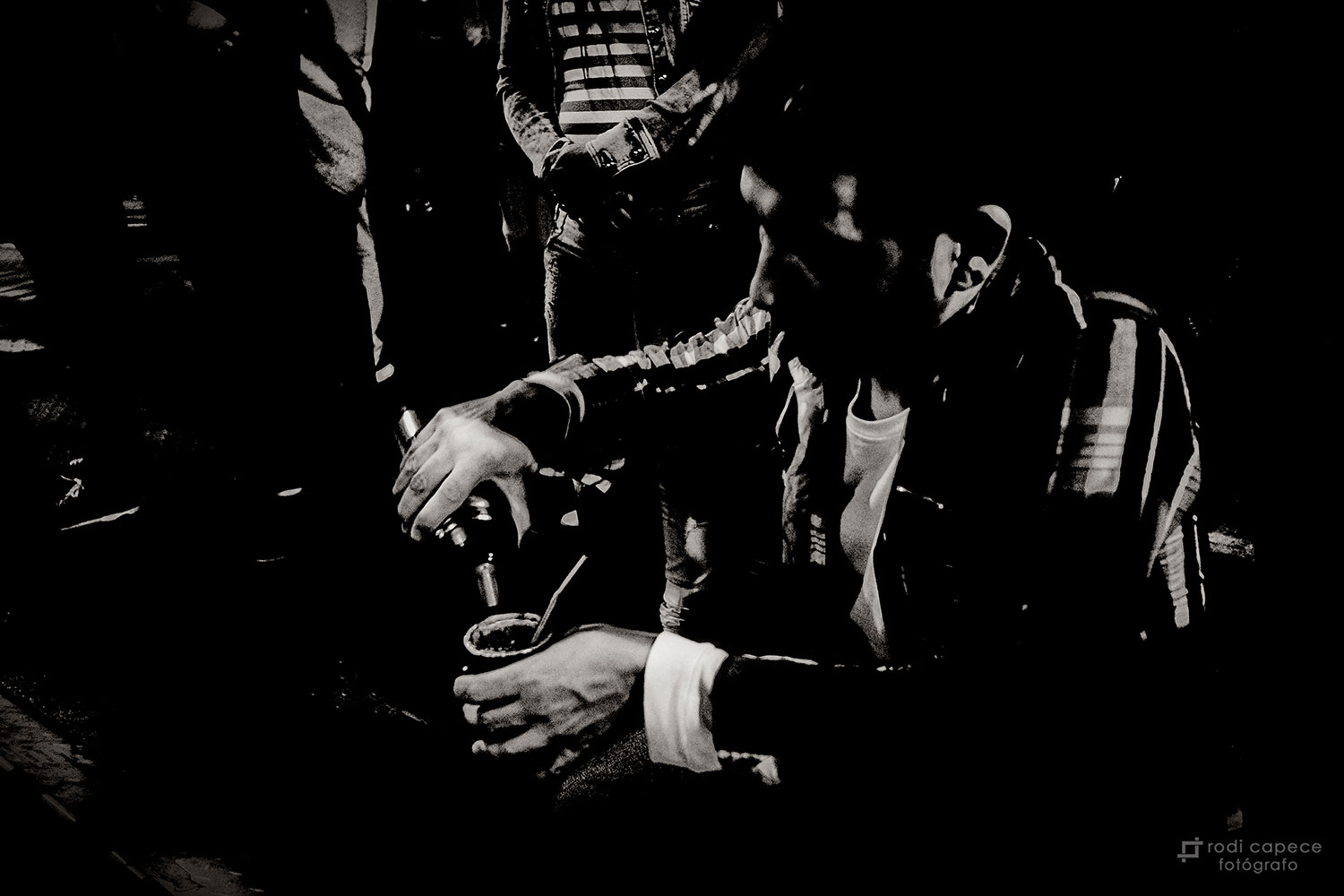
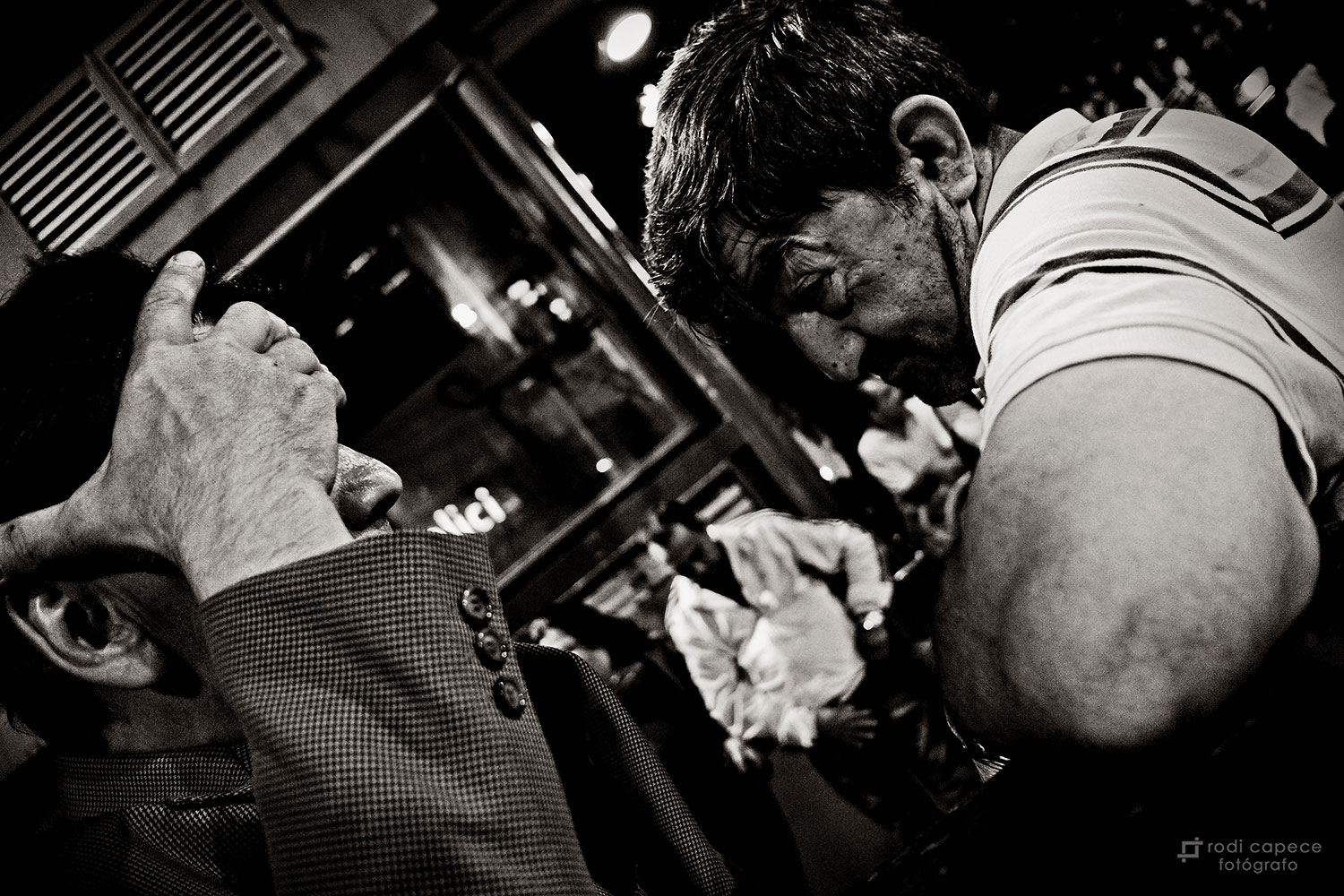

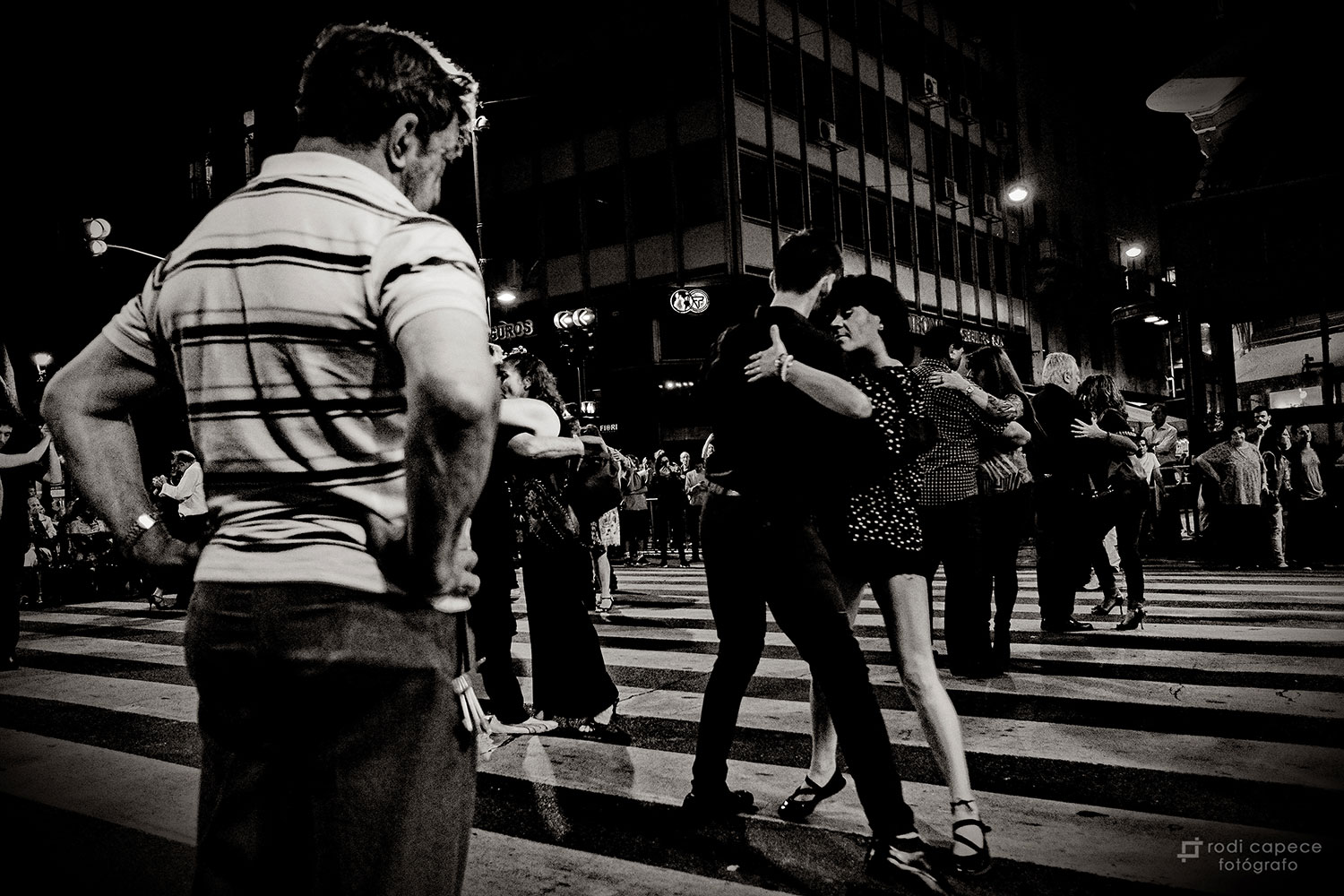

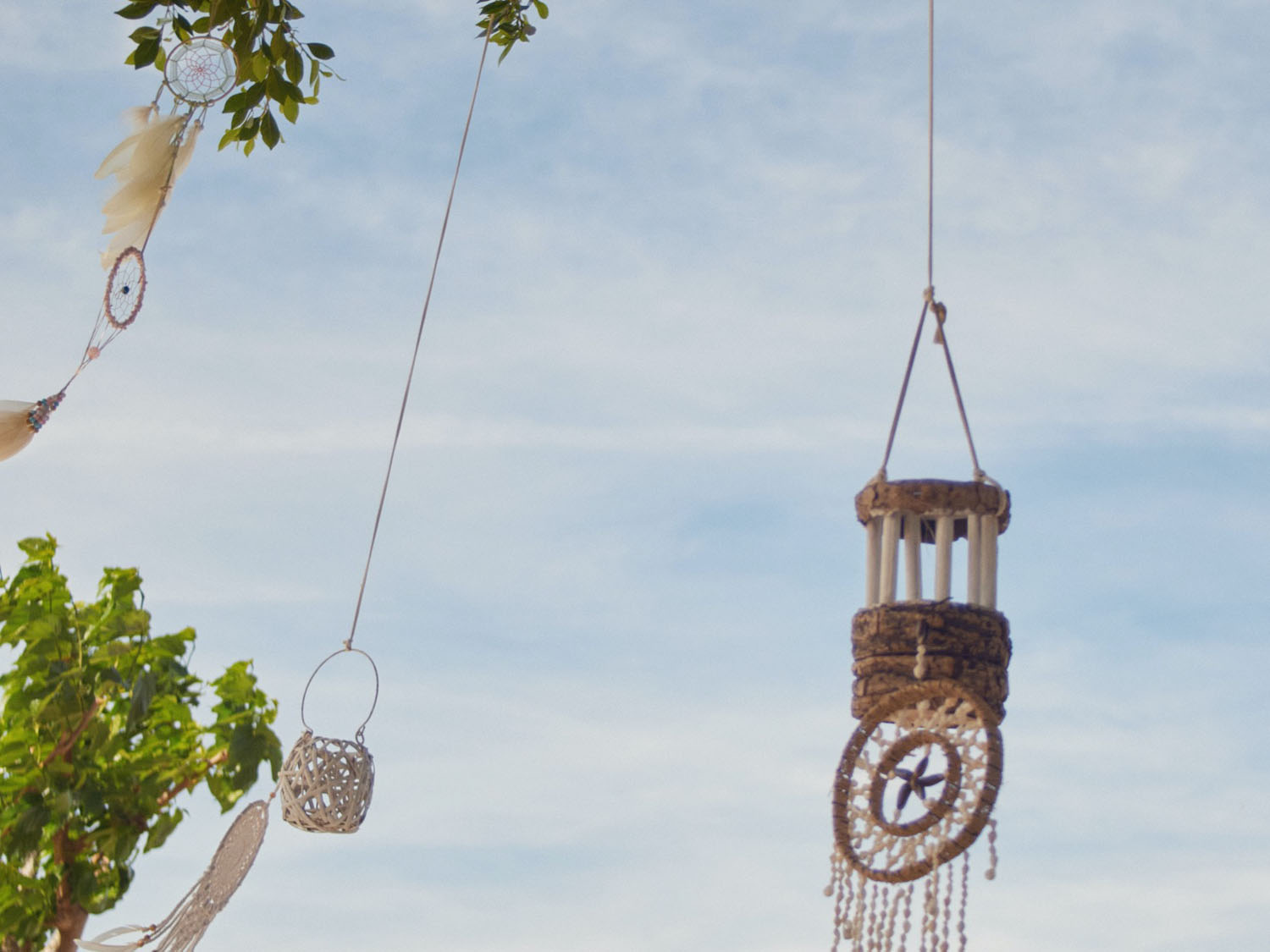
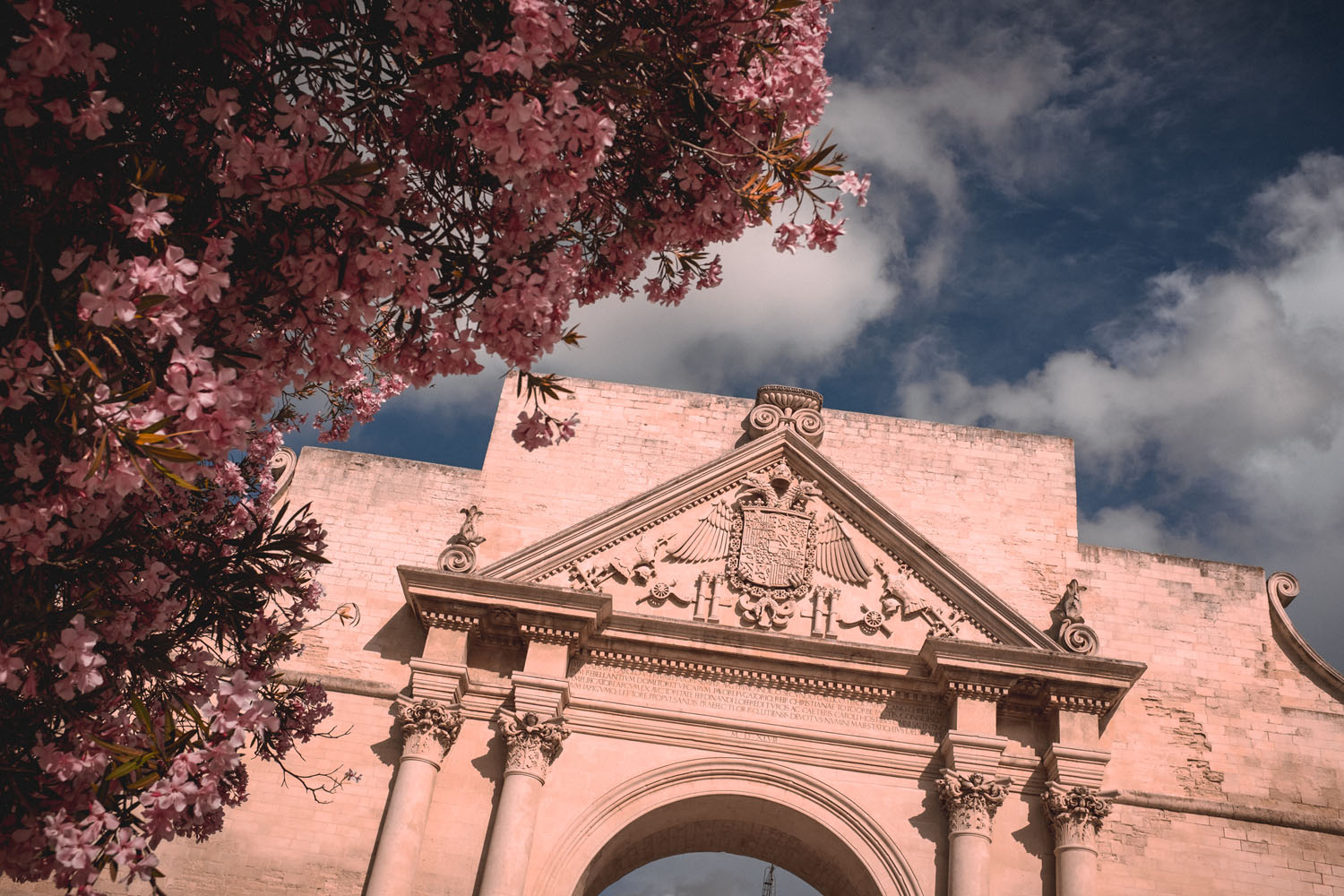
Haoyuan Ren
July 24, 2020 @ 4:04 pm
La puñalada 😂